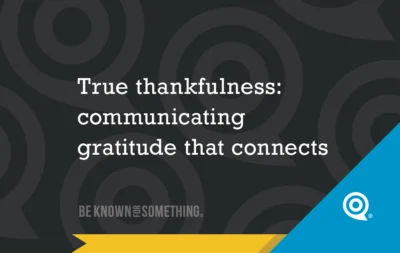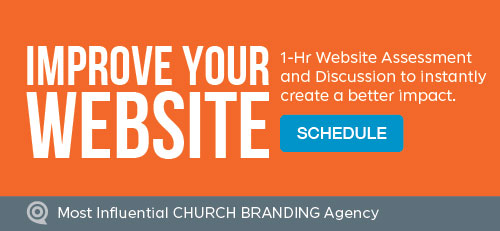11 Clues: Your Church Website Sucks (FIX Them) – part 2

Your church website is critical for your digital hub communication strategy. If your church website sucks, your communication strategy probably struggles too. Want to improve? This completes our 11 clues. Read the first 5 clues here.
- Your church management system (CMS) is restrictive. The website infrastructure system (discussed in #5) is your CMS. You should be able to imagine a type of website content your audience wants and be able to quickly and easily add and manage it. With the ability to create galleries, online video players with archives, giving portals, and filtering of events for a full-featured calendar. Bonus? It should be free or very low cost.
- Your personas can’t see themselves. Your website is for your audiences (internal and external). When they visit your website, they must see people that look like them: in pictures, on the staff page, in videos, and throughout stories. Sure, they won’t look exactly like them, but your personas need to believe they’ll fit into your group.
- Your team page doesn’t have current pictures or contact links. Regularly in church website top pages; the staff page serves two purposes: 1) internal audience seeks for who’s in charge of ministry areas so they can contact them and 2) external audience wants to see what you look like and if they’ll fit into your church. Therefore, ensure you have team member’s ministry areas indicated prominently, with contact information, and most importantly, a good head and shoulders (only) picture of each team member — taken in the last year with clothes that can be purchased today. Everyone should wear what you expect guests to wear when attending.
- The calendar of events isn’t filterable. Your audience wants to discover what’s available for them. Your calendar/event/meetings page is critical for that. To provide relevant information as quickly as possible, you must have an easy way to hide listings that aren’t important to the person. This demographic filtering allows people to see what they want to see in a shortened list.
- There’s no controlled metadata. The short paragraph that appears under the page title on google/search results is critical to get people to visit pages (and be found on search sites). The content for each page needs to be active tense so it’s picked in the sea of search results. Plus it needs to contain key phrases that will be searched for by your personas.
- Call to Actions (CTAs) are non-existent. On every web page, you need to supply a “what now?” once someone scans the content. These CTAs can be a graphic, a link, or a button. But you need to decide who will be scanning the page and what they probably need next.
Your church website needs these clues properly assessed and fixed as needed. There’s also more that we’ll talk about at my CFX session, “Live Church Website Assessment”. Come (if you dare) and supply your URL, or come with a notepad to learn from the other assessments. See you there!
Want 25 Game-Changing Resolutions?
Related Posts

True thankfulness: communicating gratitude that connects
We’re just a couple weeks away from Thanksgiving. Though you might not know it by the jingling commercials already flooding

AI Prompts Every Church Communicator Should Be Using
Artificial Intelligence (AI) isn’t replacing church communicators, it’s simply helping the good ones work smarter. Tools like ChatGPT (and similar)

Church Growth Strategy: Clarity That Connects
Most churches pray for growth but overlook one of their most effective tools: a clear church growth strategy built on


